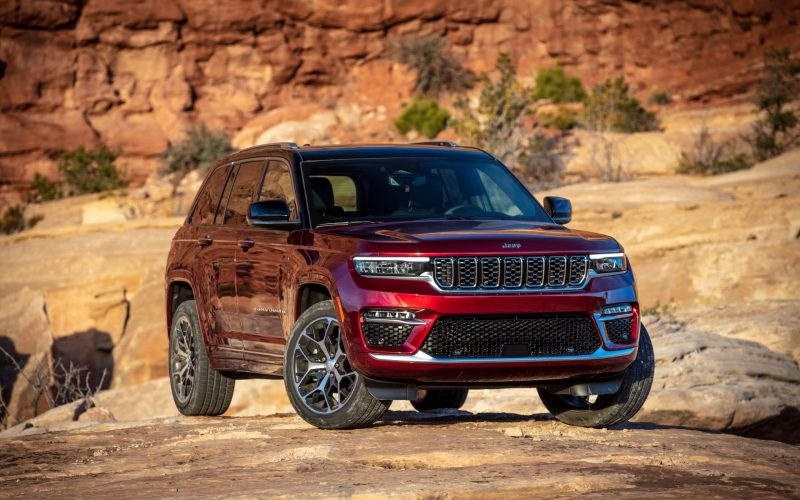
Reading Time: 3 minutesWith a line-up that ranges from the robust Laredo 4×4, priced at $55,045, to the luxurious
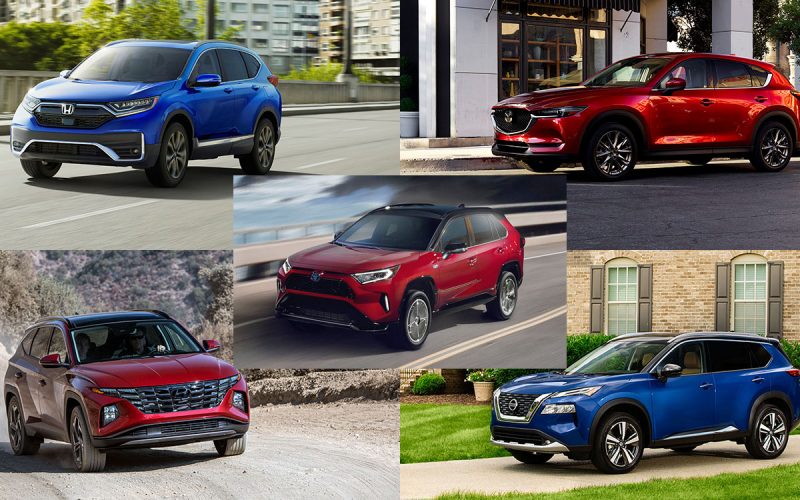
Reading Time: 12 minutesThere’s no hotter segment in today’s car market than the compact crossover SUV. Having started in
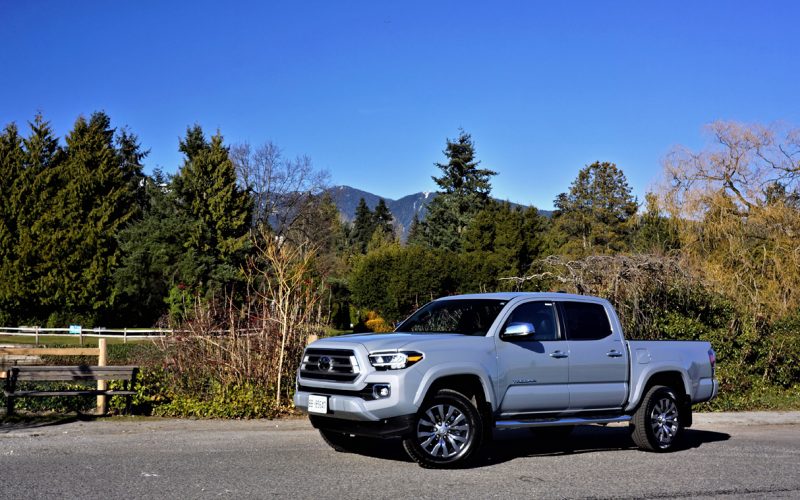
Reading Time: 12 minutesTo say that Toyota’s Tacoma is merely king of the mid-size pickup truck hill is a
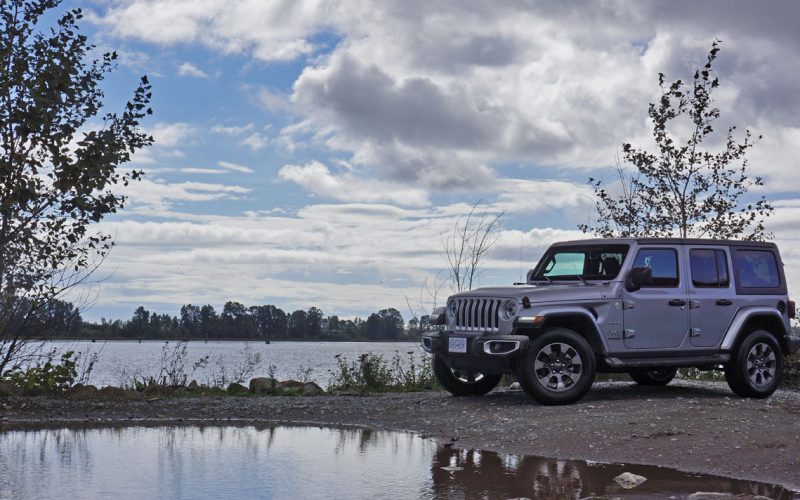
Reading Time: 13 minutesYou’d be forgiven for not noticing, but Jeep completely overhauled its Wrangler two years ago for
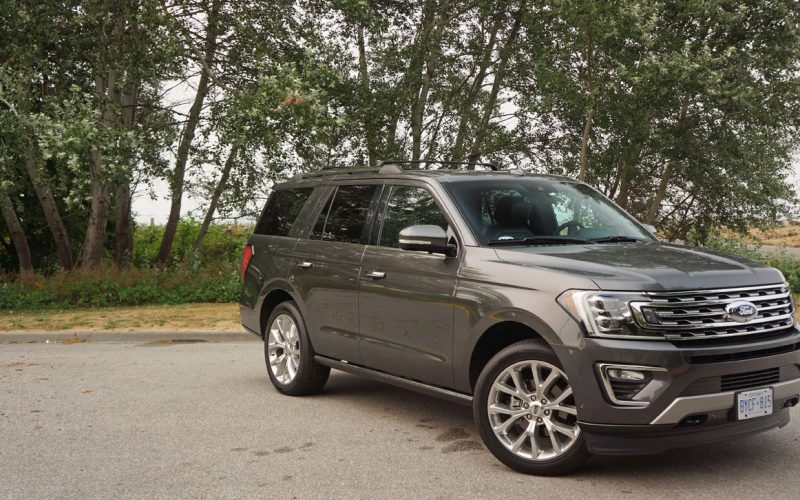
Reading Time: 21 minutesTo say that Ford leads SUV sales in this country is almost as big an understatement
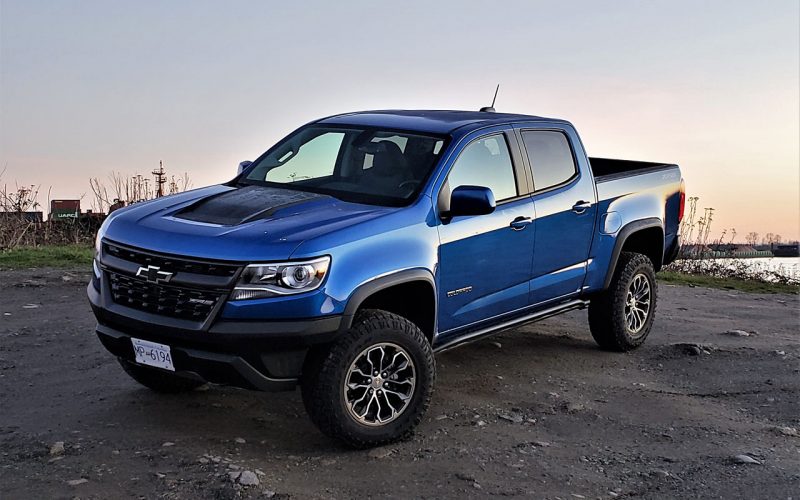
Reading Time: 5 minutesWhich would you rather have, one of Chevy’s ultra-rugged off-road racing replica Colorado ZR2 pickup trucks
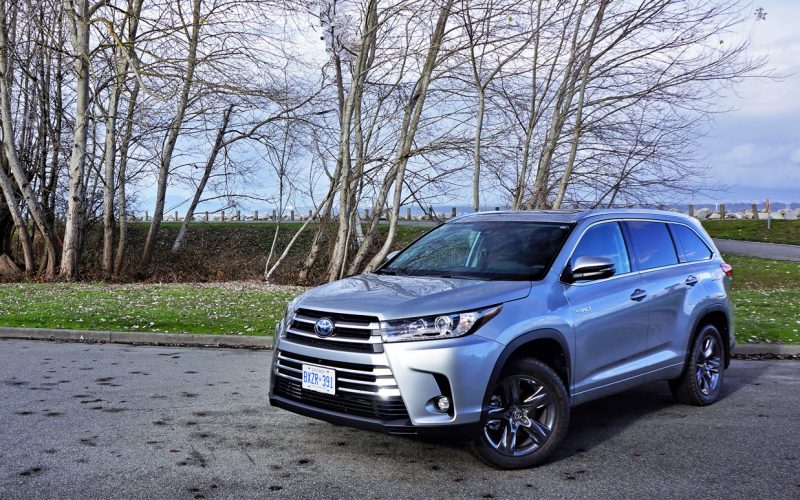
Reading Time: 3 minutesToyota redesigned the Highlander for the 2014 model year, giving it much more character and impressive
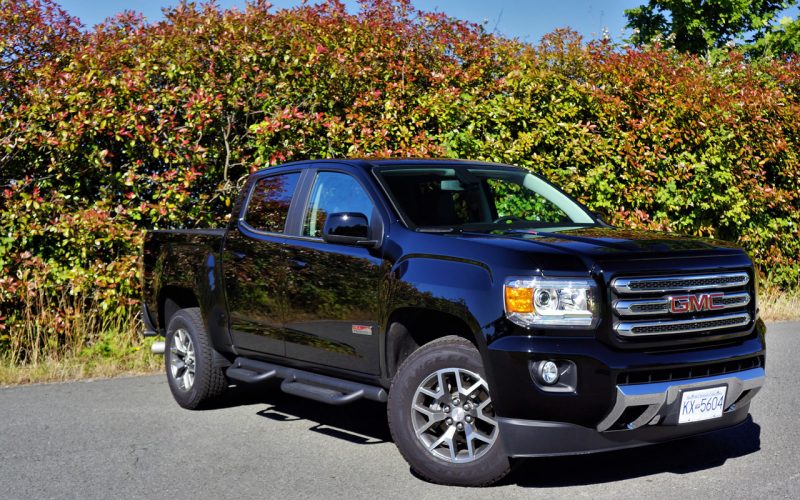
Reading Time: 12 minutesThanks to General Motors, the mid-size pickup truck market is once again starting to heat up.
© 2025 The Car Magazine. All Rights Reserved, Privacy Policy | Terms of Use